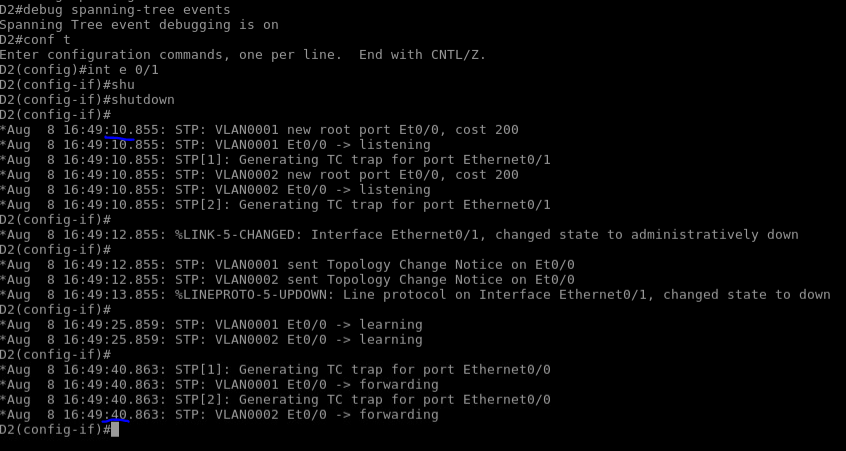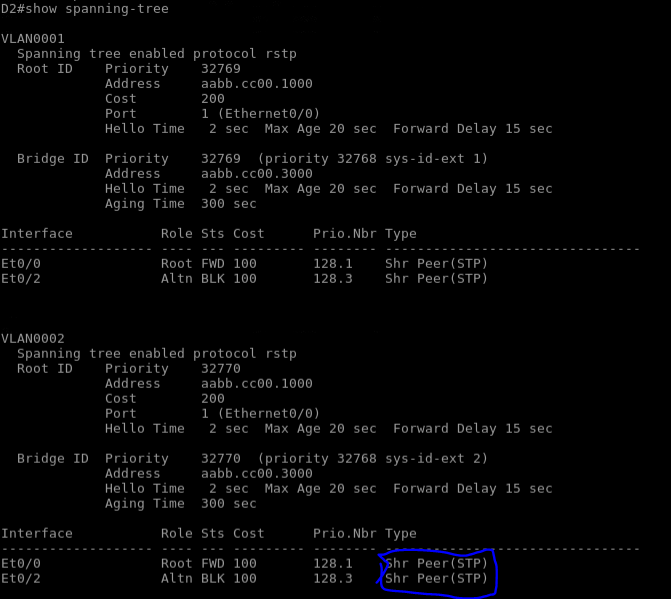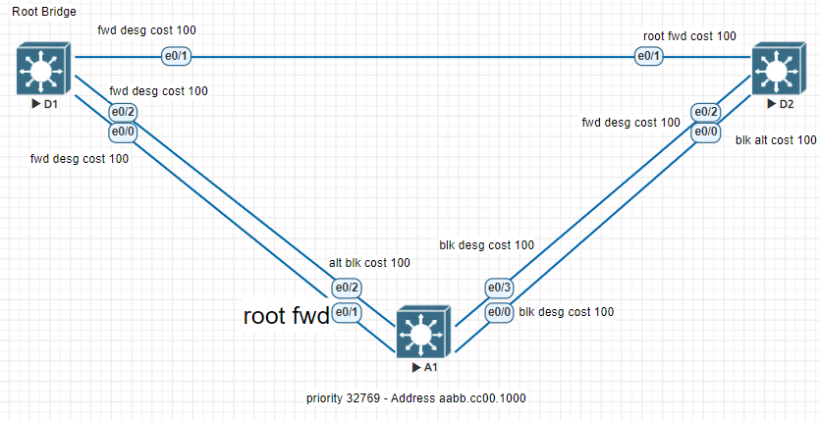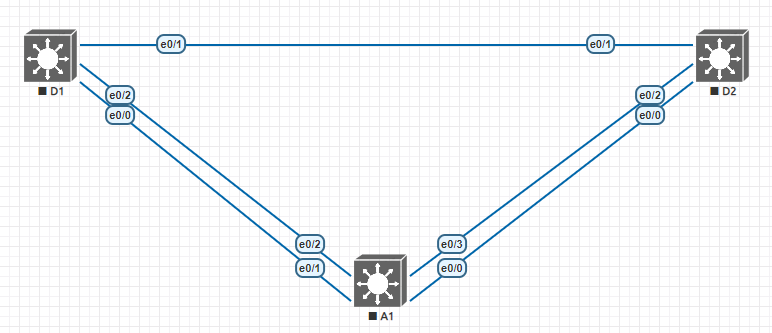Although cisco spanning tree by default is a great implementation, when links go down or come up you want to speed up convergence to improve the reliability and uptime of the network. RSTP or Rapid Spanning Tree Protocol speeds up convergence significantly on a network. Now that we have finished with parts 1 and parts 2 of this lab, lets take a look at the amount of time it takes to converge when a link goes down in normal spanning tree mode. We will then compare that to the more efficient protocol RSTP (rapid spanning tree protocol)

As you can see, it took over 30 seconds from the moment the port was shut down to the time it began forwarding traffic to the new port. Rapid Spanning Tree Protocol is used in a network where the maximum level of uptime is required. The links in the spanning tree protocol move through three states during the convergence period: listening, learning, and forwarding. “debug spanning-tree events” is the command to use to troubleshoot and see the debug events of spanning tree.
Lets change the spanning tree mode to rapid spanning tree protocol and then test convergence again by implementing the command “spanning-tree mode rapid-pvst” now when the command is added on one switch, and both switches are talking the same protocols the rspt will fall back to stp.

once rapid spanning tree is enabled you can see that the convergence time goes to near seconds before coming back up creating a more resilient network.

In an everyday usual network the default configurations of spanning tree can really be helpful in many networks without much change. As you start to add more switches and links to a network, having the correct advanced setting for your network can help with reliability, uptime and traffic optimization. Check out our network coming labs to implement more advanced features of spanning tree protocol into your lab.



